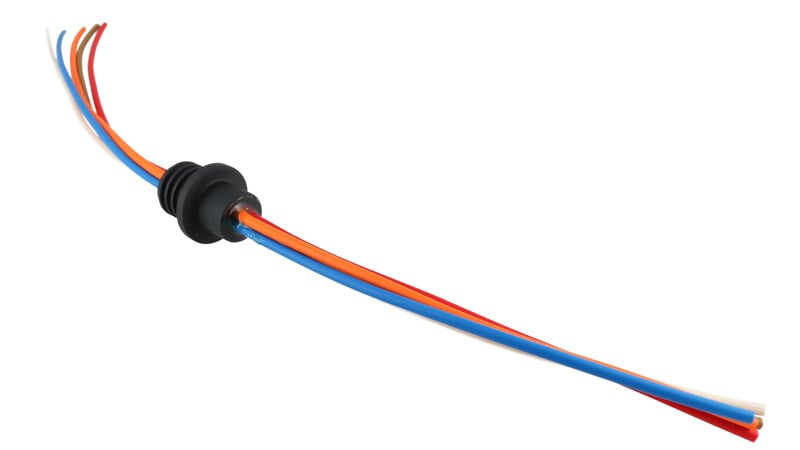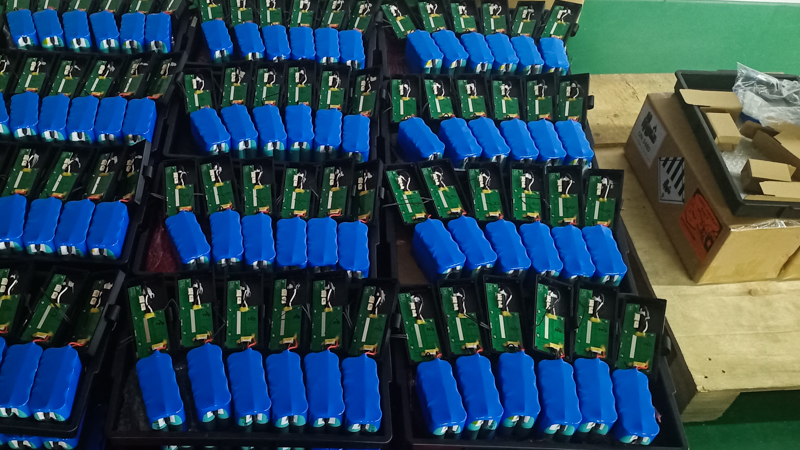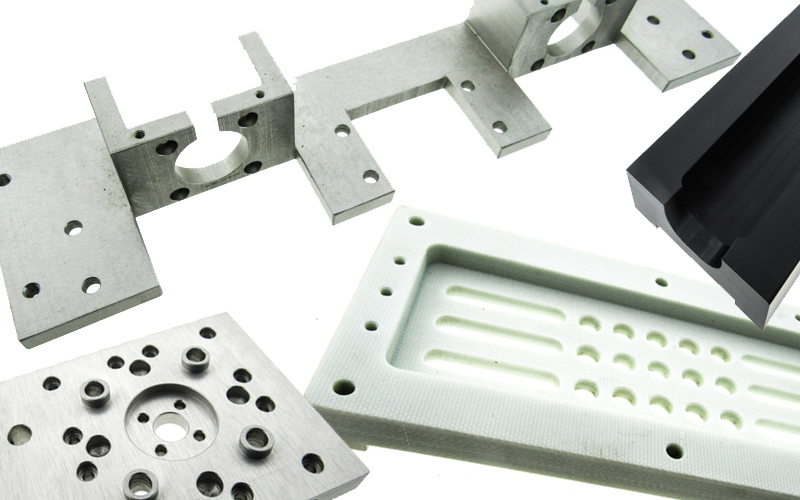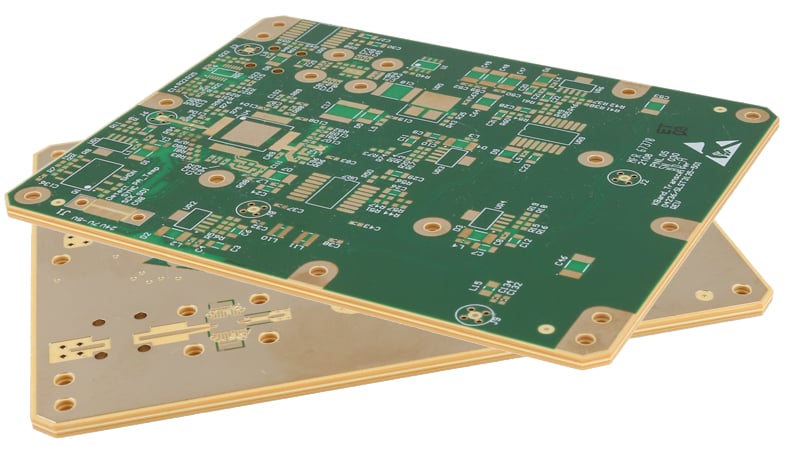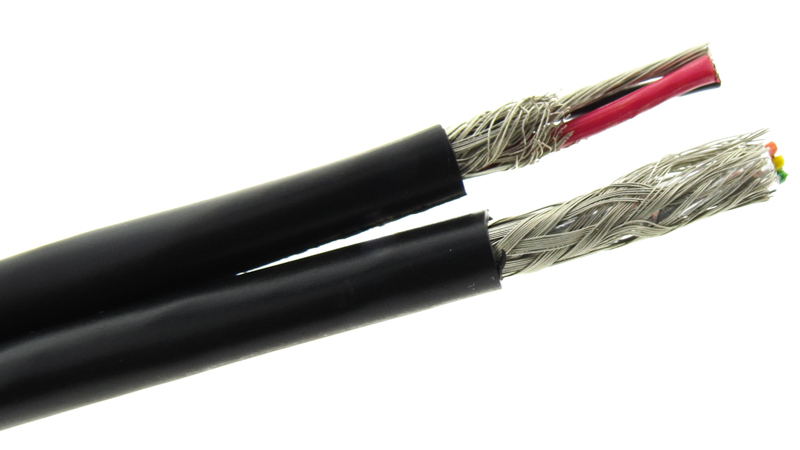With thousands of wire types, cross-sections, and material combinations, there is no shortage of options available to engineers when selecting low-voltage cables for automotive applications. Kicking off any new design project will require a careful review of the program requirements, timeline restrictions, and budget constraints.
Battery power constantly runs applications on a daily basis to perform a wide variety of functions. Yet, there will be certain instances where battery packs will be stored for short-term and long-term periods. This situation may occur due to infrequent use of the equipment or when storing extra battery packs.
More people are taking into consideration the types of vehicles they use for work, school, and to get around town. Electric vehicles (EVs) are becoming a trend for both individuals as well as commercial operations. Aside from the tax benefits and reduced need for fossil fuels, battery technologies have matured enabling the EVs of today to offer comparable performance to the traditional internal combustion engine.
During the manufacturing of printed circuit boards (PCBs), a lot of attention is focused on how tools and processes are handled to avoid many common quality issues such as brittle joints, cold joints, and voids. Voids consist of an empty space somewhere along the PCB where not enough of a certain material was added. If the voiding issue is not addressed, then the entire PCB may need to be scrapped.
At the conclusion of our webinar, Effective Ways To Reduce Your CNC Machining Costs, we had several questions submitted to our presenter, Mark Stanley, General Manager at Metal Craft Machining, Epec’s sister company. We have compiled these questions into a readable format on our blog.
An electrical continuity test is used to determine if there is an uninterrupted path within a circuit allowing current to pass. Continuity allows electrical components to become properly energized and operate as intended. Simple electrical tests can help verify continuity quickly and inexpensively in a circuit, with sophisticated test equipment available for higher complexity options.
Not all printed circuit board (PCB) materials are created equal. In fact, to say there is an equivalent for any is untrue. Although, they are all in line with each other for basic attributes and are close but not exact. These many different flavors are also not always available; some come with a steep cost, a high Minimum Order Quantity (MOQ,) and a long lead time.
When machines operate, they generate internal heat that may compromise working components. The same situation holds true for battery cells. Cells undergo a chemical process that provides power to devices.
There are several reasons for the need to plug printed circuit board (PCB) holes. Some of the most commonly seen reasons include properly tenting or covering the via with solder mask (isolation), to prevent entrapment (solder, chemistry, flux), to prevent solder starvation (wicking of solder in the hole/surface mount technology (SMT) placement directly on via), and for thermal or electrical purposes.
When designing a custom cable assembly, it can be more in-depth than you would initially think. All you have to do is make connections, right? What could be intricate about that? If care is not taken during the design process, it could lead to unintentional failures or incorrect functionality down the line.


